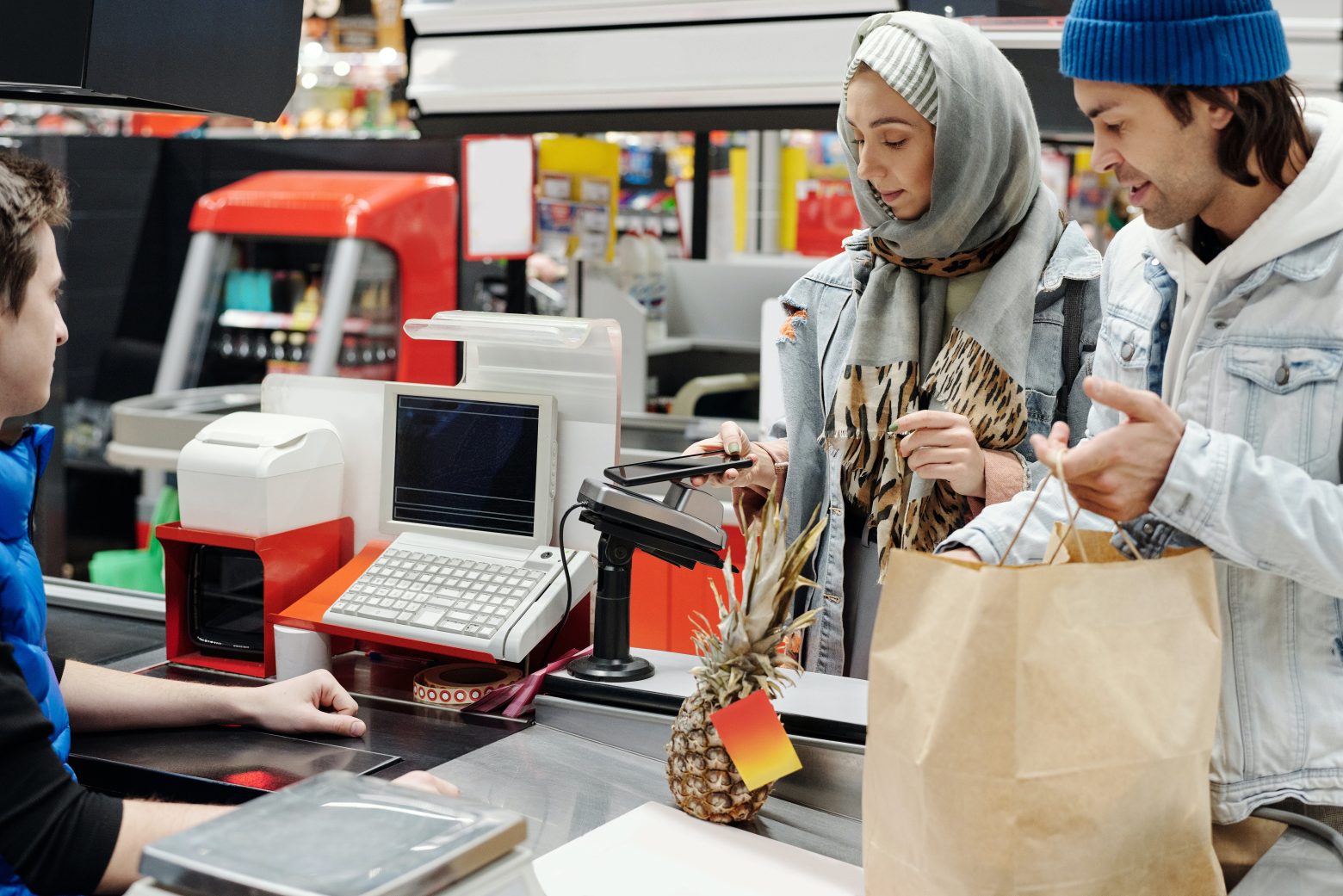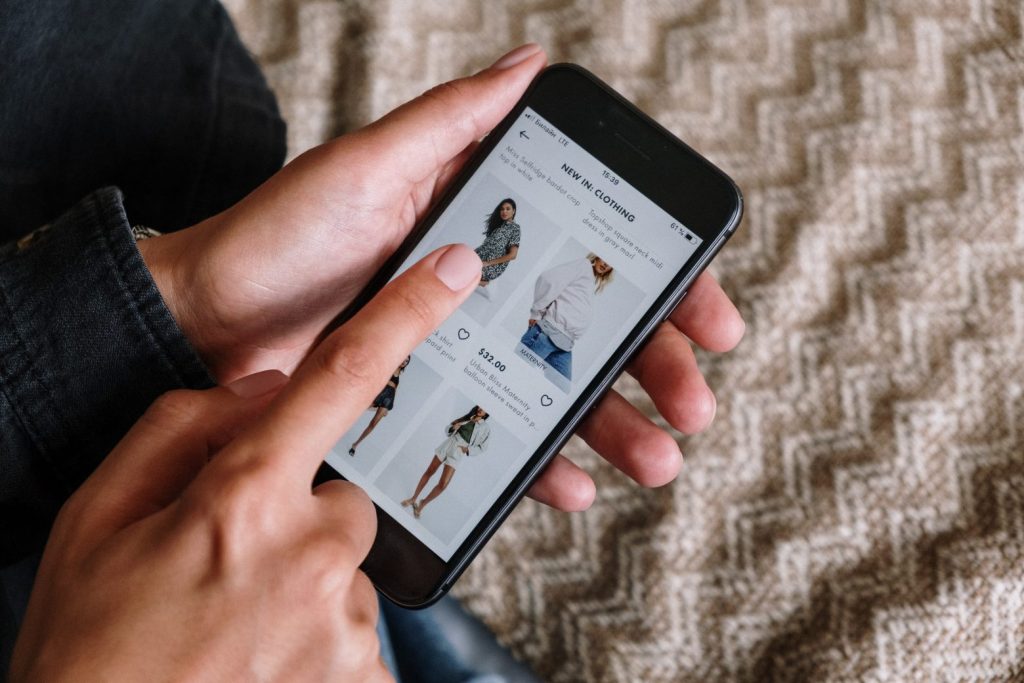Personalization and Omnichannel in Digital Marketing – What has changed?

Retail trends in omnichannel and personalization emerged in 2020, and due to our “new reality”, they have evolved much faster than one might expect. The kind of progress in marketing that usually takes five or six years – was made in just five to six months. Obviously, these “trends” will remain relevant and will influence marketing strategy in 2023 and beyond. Let’s take a closer look with First Line Software’s Head of retail practice at what’s changed and what it all means…
What is omnichannel personalization?
With the advent of omnichannel and personalization, a companies’ struggle for their consumer market and for the accuracy of its communication gets minimized; while they get the maximum conversion out of their target audience. Here’s how we define that:
Omnichannel
In retail it’s continuous communication with the customer through the integration of disparate offline and online points of contact into a single system. Customers show the greatest loyalty to those retailers whose channels are balanced and don’t overwhelm the recipient.
Personalization
Personalized offers motivate customers to come back more often, spend more, and allow for spontaneous purchases. Personalization pioneer Amazon develops its own analytic algorithms to create personalized and seamless experiences for its users. In general, personalization and omnichannel are two related things since one can’t exist without the other.
However, the real challenge is determining which is the optimal channel to send these personalized offers to each customer. Some users will block SMS, and some will block pop-up notifications, etc. The main task is to find the right channel to which the person responds, to give the right messages, and with the right frequency. All this is successfully done with the help of IT analytics.

The Channel Fragmentation Problem
There are retailers that are based only in the brick-and-mortar world/channel and those that focus only on the online world/channel. Omnichannel is the path to unify the user experience in the various channels in which we communicate with the customer. If a retailer has a brick-and-mortar AND an online presence, the buyer should have the same familiar experience in both channels – uniform discounts, catalog consistency, similar graphics, etc. The entire user experience should be homogeneous; IT analytics can test the user’s reaction in different channels and draw conclusions based on how the client is reacting.
Often, a consumer is faced with the fact that when they make a purchase through a mobile application, they are bombarded by advertising after the sale. This is a common mistake that can be avoided by selective personalization. Another major issue as touched on above is having fragmented channels of influence and the experience is personalized in only one of them such as a mobile application, or an SMS message, and the shopping experience in the store is not synchronized with the online channels. These examples illustrate the need to create a unified platform for personalization and channel management.
5 principles of channel management you must adhere to effectively support an omnichannel and personalization strategy
1. Ensure the cooperation of offline and online channels
– make sure the work of your ERP (Enterprise Resource Planning) software and physical cash registers are linked to collect valuable data. This will be facilitated by a CDP (Customer Data Platform) where data (transactional, behavioral, and demographic) is collected for each client from a variety of sources (both online and offline). The CDP creates and stores universal customer profiles containing all of your required attributes and characteristics. Make sure your online platform can communicate with your offline systems.
2. Identify your clients – not only online but also offline
The loyalty program is important here because these programs allow the retailer to receive valuable data from a customer in the offline channel. Brick-and-mortar is still the dominant channel for retail. People still like to shop for goods themselves despite the “new reality”, and end-to-end the identification between online and offline is extremely important. The loyalty program helps us in this and reflects what is happening inside the point of contact between the buyer and the product. It also shows the retailer what emotions they experience at the same time, and the places of interaction within the brand, and the difficulties that prevent them from achieving their purchasing goals. By knowing the path of your buyer you can clearly understand how to improve your product, customer service, and what to change in your marketing strategy. You’ll also see how to enhance the aspects that cause the, “wow effect”, and neutralize the negative aspects that cause a decline in sales. This is a very realistic outcome of the Customer Journey, where the offline and online customer world should be shared.
3. Have a unified Analytics and Customer Data Platform (CDP)
– This is a must as there is a gradual transition from basic CRM (Customer Relationship Management) software to more sophisticated CDP’s. These new systems allow you to collect all the data about a customer in one place, and then segment it according to any criteria you choose.
The increase in the average sale will depend on several factors:
- The main item a customer is interested in.
- When it’s optimal to show complementary products (based on direct input or on the experience of other people with similar purchases),
- When a certain category of goods is being studied for a long time.
This is where an AI algorithm comes into play – when the CDP analytics system collects customer data in a single repository.

4. Product Information Management (PIM)
– This is an integral software component for successful omnichannel and personalization implementation. The PIM is a common module for managing personalized discounts and should be utilized across all channels.
5. External advertising channels
– Supply additional data of customer interests and allow you to integrate with the advertising purchasing system and add discount offers. Subsequently, you can bring in a customer who has not yet entered your other channels. Taking into account the significant costs of advertising in retail, with this approach the digital part of the budget can become more efficient, and if you connect knowledge about new external customers to the CDP, you can easily optimize external advertising channels. All of this integration of your data allows for targeted advertising buys: identifying specific sites, typed keywords, devices used, users’ locations, preferred browsers, and what audience segments are hot right now; the possibilities are endless.
It’s a given that in 2022 and beyond, the success of companies will depend on meeting rapidly shifting consumer expectations. Market leaders will continue to actively implement digital technologies to solve their business challenges, and the ability to grow further will be determined by a company’s speed in predicting consumer preferences.
As Digital Experience innovators, First Line Software has implemented highly effective platforms to support personalization and omnichannel strategies. When everything is done correctly, and the IT algorithms successfully fulfill the tasks assigned to them – to predict and meet the needs of customers – then a positive customer experience can ultimately lead to an increase in customer satisfaction of up to 20%, as well as an increase in sales by 10-15%.
For every department in your organization, you’ll need the best team and their competencies to achieve these results; but even more important is that everyone recognizes why your personalization and omnichannel marketing strategy exists – and that understanding consumer data is not the future, but the present.
